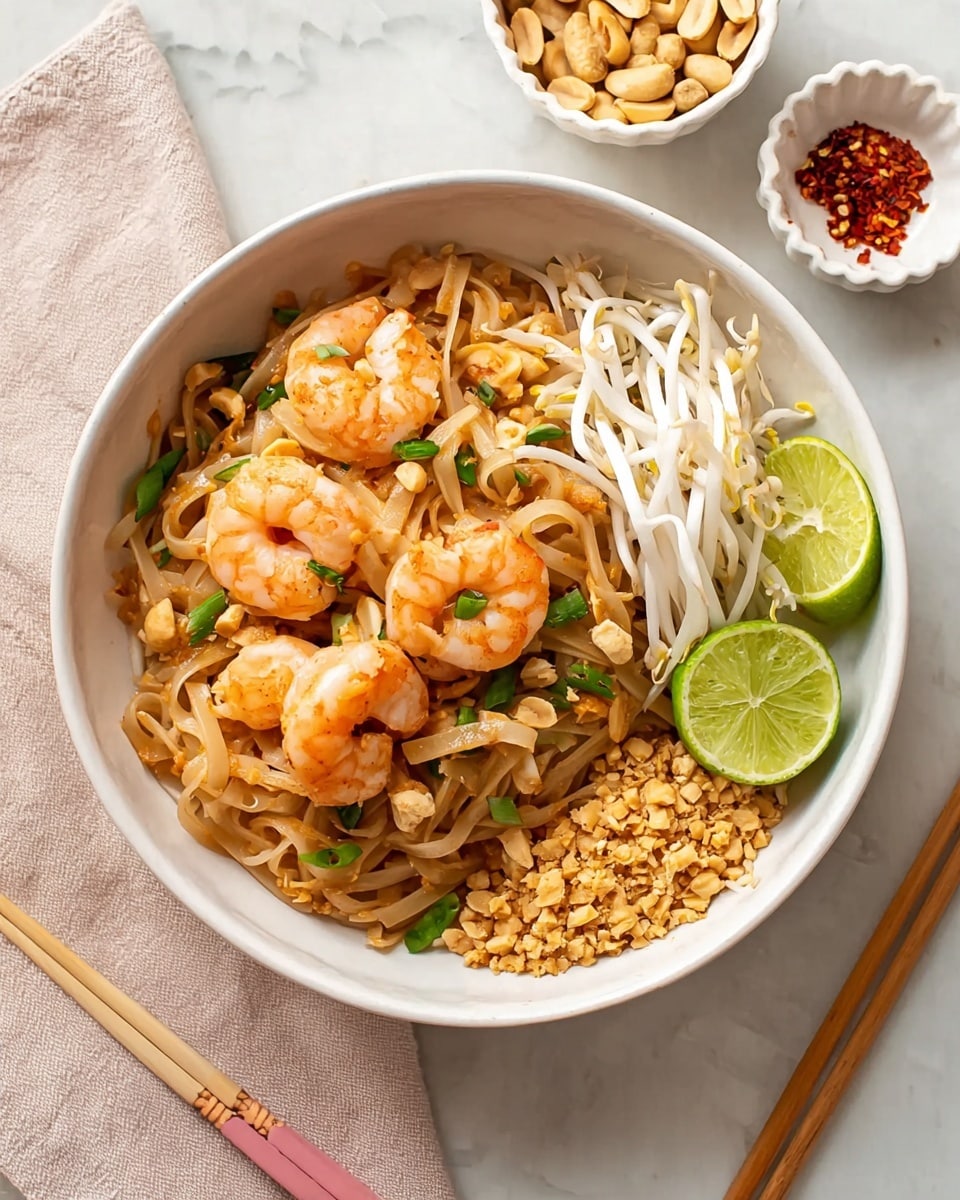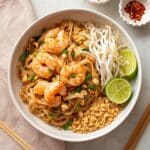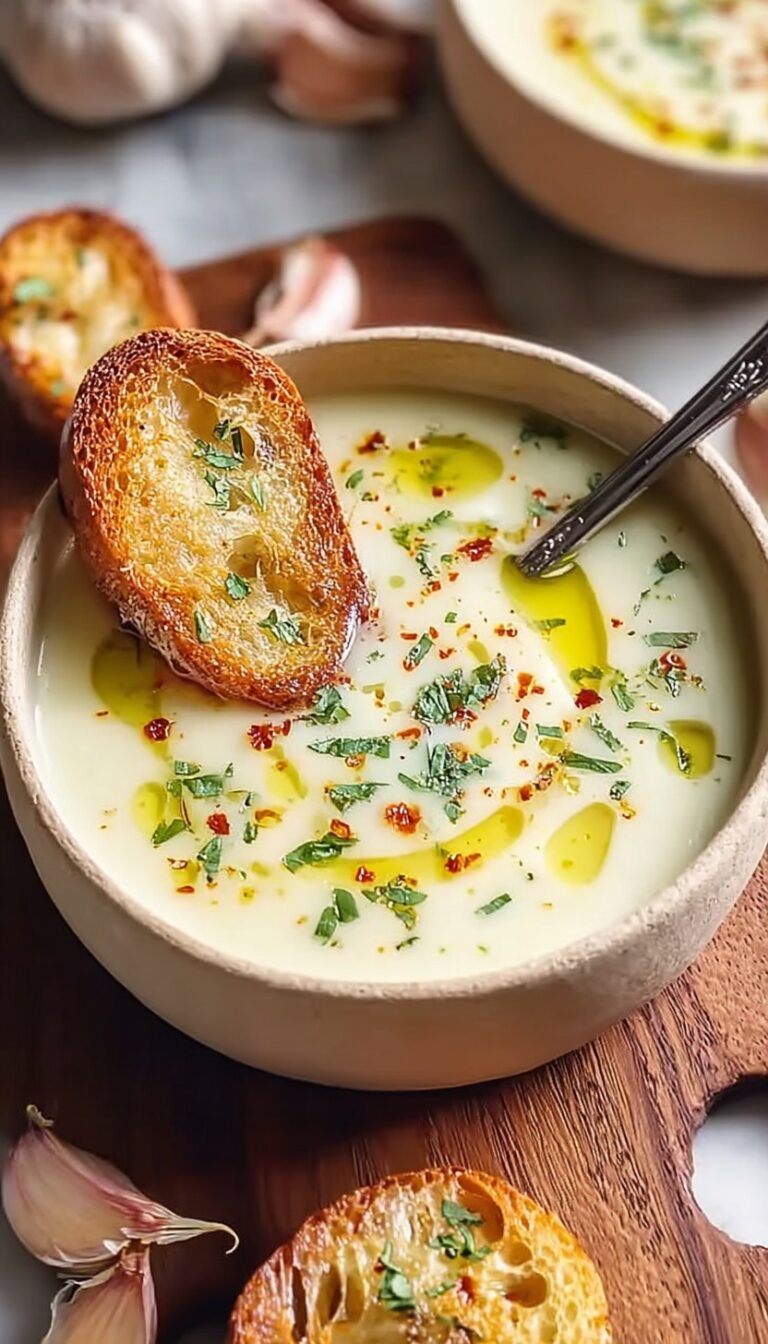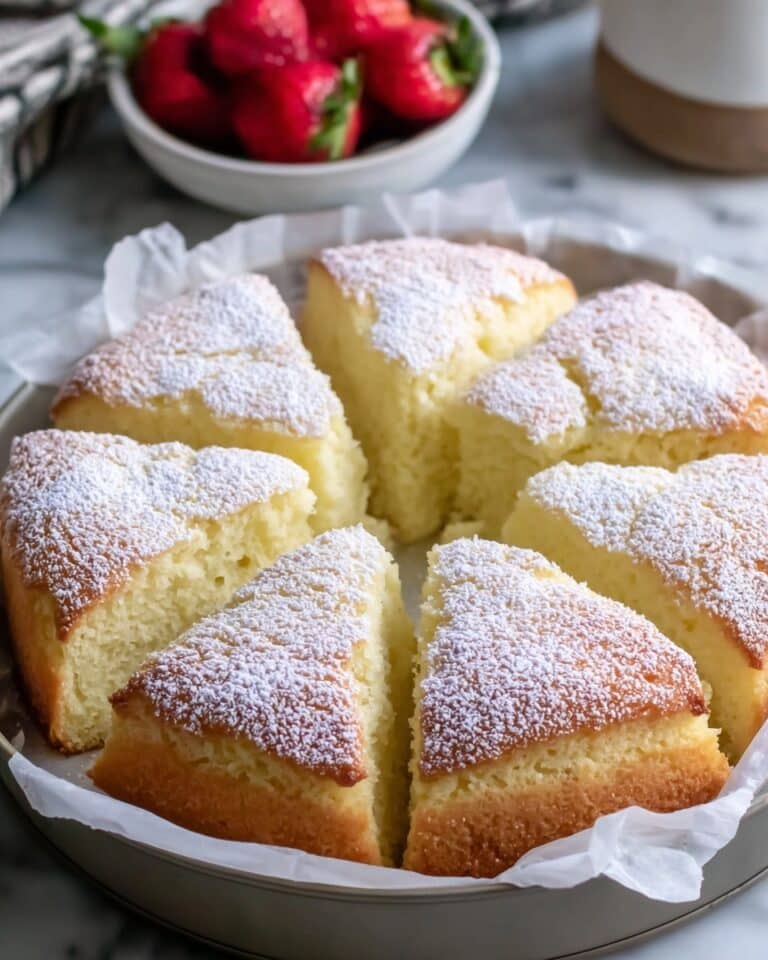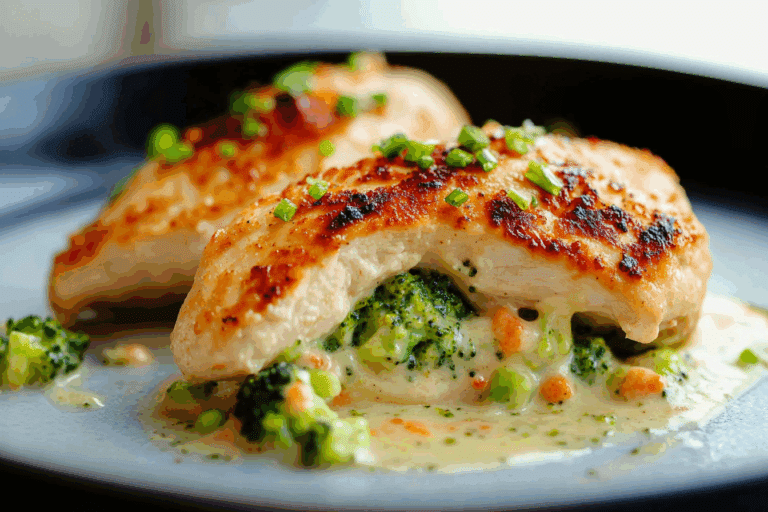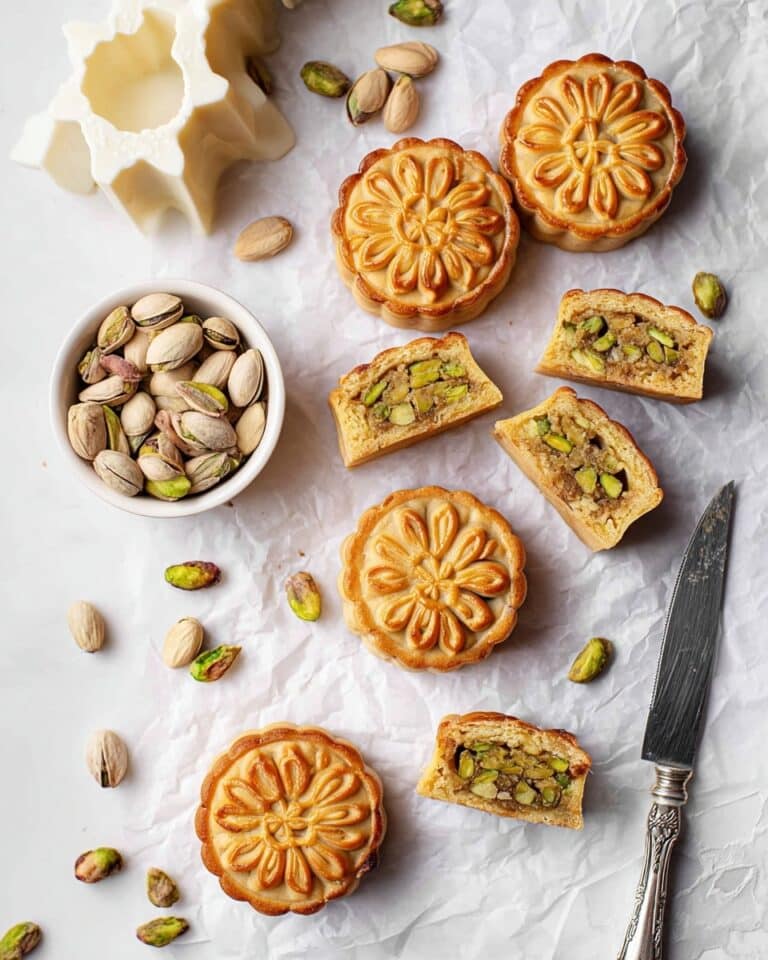Authentic Homemade Pad Thai with Shrimp and Toppings Recipe
There’s something truly magical about making Authentic Homemade Pad Thai with Shrimp and Toppings Recipe right in your own kitchen. It’s not just a dish; it’s a vibrant, delicious journey to the streets of Thailand without leaving home. I remember the first time I nailed this recipe—the perfect balance of tangy tamarind, sweet palm sugar, and savory shrimp totally wowed my family and made dinner feel like a special occasion.
Whether you’re craving a quick weeknight meal or want to impress friends with your cooking chops, this Authentic Homemade Pad Thai with Shrimp and Toppings Recipe delivers every time. Plus, it’s packed with fresh ingredients and customizable toppings that let you tweak it exactly how you like. Trust me, once you get the hang of it, this recipe becomes a go-to comfort food that never disappoints.
Ingredients You’ll Need
Each ingredient in this recipe plays a special role, contributing to Pad Thai’s recognizable flavors and textures. When you choose your ingredients thoughtfully, the flavors marry beautifully and your homemade dish truly sings. Here are the essentials with some shopping tips I’ve learned along the way.
- Tamarind pulp: Look for pure tamarind pulp in Asian or international markets; this is the heart of Pad Thai’s signature tangy flavor.
- Brown sugar or palm sugar: Palm sugar offers an earthy sweetness but brown sugar works great if palm isn’t available.
- Fish sauce: Essential for umami depth—choose a reputable brand for that authentic salty kick.
- Oyster sauce: Adds a subtle sweetness and complexity; it’s different from fish sauce but equally important.
- Shrimp: Fresh or frozen, peeled and deveined shrimp brings that lovely seafood flavor that pairs perfectly with the sauce.
- Thai soy sauce: This is lighter and less salty than regular soy sauce, keeping the balance right.
- Pad Thai noodles: Flat rice noodles around 6 oz; soak or cook as per package instructions so they stay tender but not mushy.
- Garlic: Fresh garlic minced adds punch and aroma—don’t skimp here!
- Shallots: Milder than onions and slightly sweet; use around 3 minced for authentic flavor.
- Firm tofu: Cut into thin slices and drained to hold its shape and soak up flavors nicely.
- Dried shrimp: This little ingredient packs a punch, giving a funky, savory note that’s key to authentic Pad Thai.
- Eggs: Whisked and cooked into the noodles for that lovely silkiness and extra protein.
- Bean sprouts: Adds crunch and freshness; buy them fresh, and rinse well before using.
- Garlic chives: Cut into 1-inch pieces; if unavailable, green onions are a workable substitute but garlic chives have a milder garlic flavor.
- Roasted peanuts: Crushed for texture contrast and nutty flavor—roast them at home for extra freshness.
- Garnishes (roasted peanuts, lime wedges, dried chili flakes): These let everyone tailor their own plate, balancing heat, acidity, and crunch.
Variations
I love encouraging people to make this dish their own—after all, traditional flavors are a starting point, not a rulebook. Here are some tweaks and swaps I’ve enjoyed that made this Authentic Homemade Pad Thai with Shrimp and Toppings Recipe even more fun and adaptable.
- Vegetarian Variation: Simply omit shrimp and dried shrimp, and replace fish and oyster sauces with tamari or soy sauce alternatives. I’ve found adding extra tofu and mushrooms keeps the texture interesting.
- Extra Crunch: I sometimes toss in a handful of crushed roasted peanuts into the noodles during cooking—adds a lovely surprise crunch throughout.
- Spice Level Adjustment: If you like it hot, more dried chili flakes or a splash of fresh Thai chilies really wakes up the dish. For milder palates, I serve chili flakes on the side so guests can add their own heat.
- Seasonal Twist: Swapping in other proteins like thin slices of chicken or even scallops works great if shrimp isn’t on hand.
How to Make Authentic Homemade Pad Thai with Shrimp and Toppings Recipe
Step 1: Prepare the Sauce Perfectly
Start by making the sauce because its balance of tangy, sweet, and salty is what sets great Pad Thai apart. Soak about 1.5 oz of tamarind pulp in ¼ cup boiling water, then mash and strain to get smooth tamarind juice—this part can feel a bit messy but it’s worth the effort! Stir in brown or palm sugar, fish sauce, and oyster sauce until everything dissolves. Taste and adjust—it should be a complex, sweet-sour-savory blend. If it’s too thick, add a splash more water.
Step 2: Marinate and Prep the Shrimp
While the sauce chills, toss your peeled shrimp with a teaspoon each of Thai soy sauce and fish sauce. This quick marinade amps up their flavor and ensures they aren’t bland. Set them aside while you prep the veggies, tofu, and noodles.
Step 3: Soak and Ready the Pad Thai Noodles
Pad Thai noodles are tricky—overcook them and you end up with mush, undercook and they’re tough. Follow the package soaking instructions, usually soaking in warm water for about 10-15 minutes until just softened but still a bit firm. Drain and set aside, ready for quick stir-frying.
Step 4: Sauté Garlic, Shallots, and Dried Shrimp
Heat a wok or large skillet until very hot, then add a splash of oil and toss in minced garlic, shallots, and dried shrimp. You’ll immediately smell that intoxicating aroma filling your kitchen—a sign you’re on the right track. Stir fry just until fragrant and golden, about 1-2 minutes, being careful not to burn the garlic.
Step 5: Cook the Tofu and Shrimp
Add your sliced tofu and marinated shrimp to the wok. Keep the heat up so they sear nicely, cooking the shrimp until pink and just opaque—about 2-3 minutes. This quick sear keeps the shrimp tender.
Step 6: Toss in the Eggs
Push everything to the side of the wok and pour in the whisked eggs. Let them sit for a few seconds, then scramble lightly. When they’re just set, start folding them into the rest of the ingredients. This adds an irresistible silkiness that ties the dish together.
Step 7: Combine Noodles and Sauce
Add your soaked noodles to the wok, then pour over your homemade sauce. Toss everything fast and thoroughly—use tongs or two spatulas to mix. This step is where you want to work quickly to evenly coat the noodles without overcooking. The sauce will thicken and cling to every noodle strand beautifully.
Step 8: Finish with Fresh Bean Sprouts and Garlic Chives
Last but not least, fold in the fresh bean sprouts and chopped garlic chives. These add a fresh crunch and subtle garlicky note that really brightens the entire dish. Give it one final toss, and you’re ready to plate.
How to Serve Authentic Homemade Pad Thai with Shrimp and Toppings Recipe
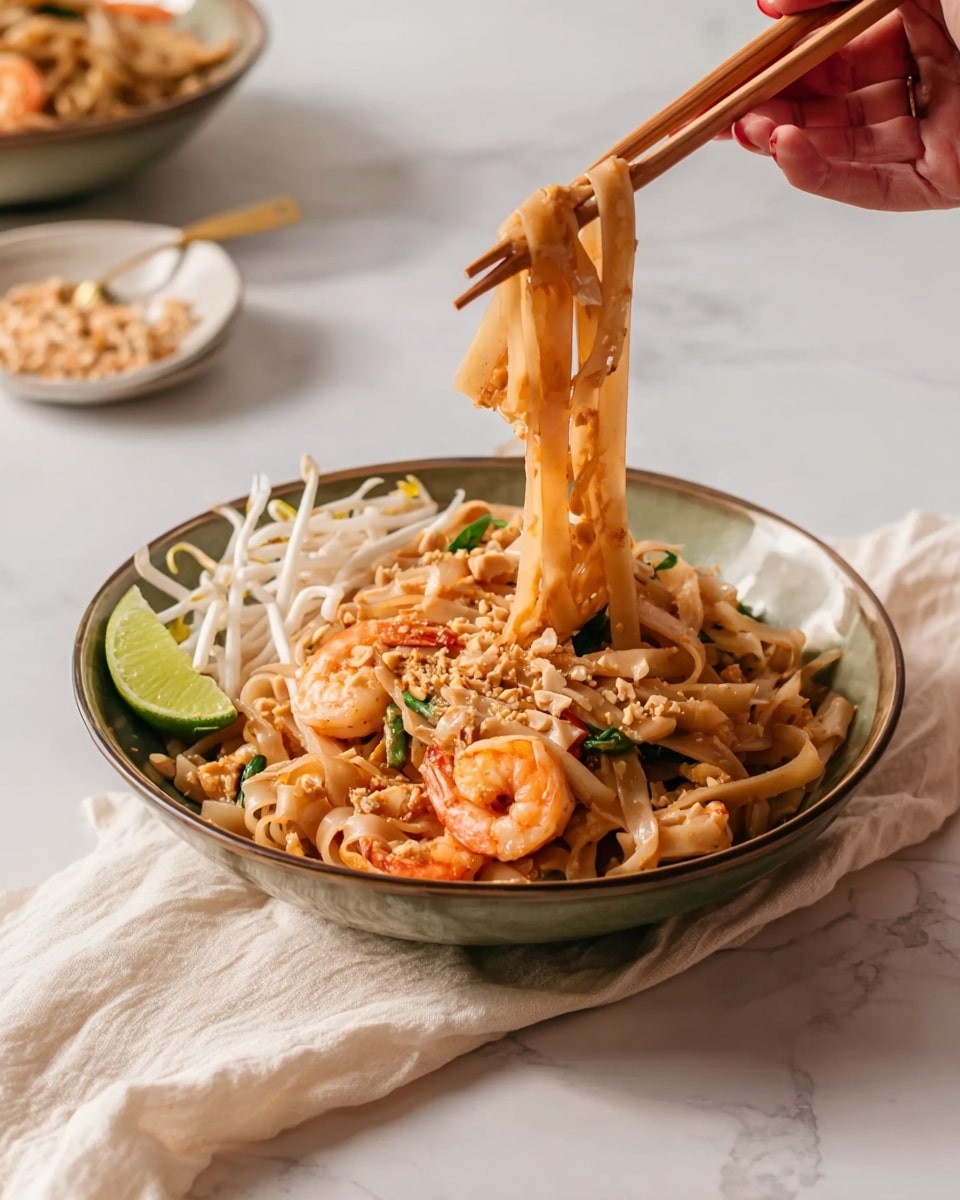
Garnishes
I always have a little bowl of crushed roasted peanuts, lime wedges, and dried chili flakes on the side. The lime wedges give a zesty hit that lifts the noodles, the peanuts add a crunchy nuttiness, and chili flakes let you control the heat. It’s fun how everybody plates their Pad Thai a bit differently based on these add-ons.
Side Dishes
While Pad Thai is a perfect standalone meal, I enjoy pairing it with a simple cucumber salad or some crispy Thai spring rolls for texture contrast. A mild soup like tom yum also complements the rich flavors of the noodles beautifully when you want a multi-course vibe.
Creative Ways to Present
For special occasions, I like to serve Pad Thai in banana leaf bowls or on decorative plates, garnished with edible flowers and fresh herbs. It instantly transforms this humble dish into a festive centerpiece that’s sure to wow guests.
Make Ahead and Storage
Storing Leftovers
Leftover Pad Thai keeps well in an airtight container in the fridge for 2-3 days. I like to separate any fresh garnishes from the noodles to keep them crisp. When storing, drizzle a tiny bit of oil on the noodles to prevent sticking.
Freezing
Freezing Pad Thai can be a bit tricky because the noodles may get mushy upon thawing. I usually don’t freeze leftovers, but if you want to, freeze the components separately—like shrimp and sauce in one container and noodles in another—to maintain texture better.
Reheating
To reheat, I prefer using a wok or skillet over medium heat with a splash of oil or water to restore moisture. Toss gently and heat through quickly to avoid drying out. Microwave reheating works in a pinch but can make the noodles gummy.
FAQs
-
Can I use regular soy sauce instead of Thai soy sauce in this pad Thai recipe?
Yes, you can substitute regular soy sauce if Thai soy sauce isn’t available, though keep in mind Thai soy sauce is lighter and less salty. Adjust the amount you use to avoid making the dish too salty, and consider balancing with a little extra sweetness or tamarind.
-
What’s the best way to prepare pad Thai noodles?
The best way is to soak the flat rice noodles in warm water until they soften just enough to bend without breaking—usually 10-15 minutes. Avoid boiling unless recommended on your package, as overcooking makes them mushy. After soaking, drain thoroughly before cooking.
-
Is dried shrimp necessary for authentic pad Thai?
Dried shrimp adds a unique umami note that’s very characteristic of authentic Pad Thai, but it can be omitted if you’re allergic or vegetarian. In that case, boosting flavors with extra tofu and umami-rich ingredients like mushrooms can help compensate.
-
Can I make this Authentic Homemade Pad Thai with Shrimp and Toppings Recipe ahead of time?
You can prep parts of the recipe ahead, like the sauce and marinating shrimp. However, it’s best to cook and combine all ingredients just before serving for peak freshness and texture.
-
How do I adjust the spice level in this pad Thai recipe?
Control spice by adding dried chili flakes gradually or serving them on the side. Fresh Thai chilies chopped finely can be added for more heat, but start small—Pad Thai is meant to balance all flavors, not just be fiery.
Final Thoughts
This Authentic Homemade Pad Thai with Shrimp and Toppings Recipe is close to my heart because it’s more than just food—it’s about sharing a moment, a taste of a vibrant culture, and a dish that brings smiles at the table. I love how approachable it is for home cooks and the way thoughtful ingredients come together into something truly special. Give it a try—I promise you’ll be hooked on the perfect harmony of flavors and textures that’s unmistakably Pad Thai!
PrintAuthentic Homemade Pad Thai with Shrimp and Toppings Recipe
This authentic Pad Thai recipe combines the perfect balance of sweet, sour, and savory flavors, featuring stir-fried rice noodles with shrimp, tofu, eggs, and crunchy peanuts. Finished with fresh bean sprouts, garlic chives, and zesty lime wedges, this dish is a classic Thai street food favorite that’s easy to prepare at home.
- Prep Time: 35 minutes
- Cook Time: 15 minutes
- Total Time: 50 minutes
- Yield: 2 servings
- Category: Main Course
- Method: Stovetop
- Cuisine: Thai
Ingredients
Sauce
- 3 tablespoon Tamarind pulp (about 1.5 oz)
- ¼ cup boiling water (or more if needed)
- ¼ cup brown sugar or palm sugar
- 2 tablespoon fish sauce
- 2 tablespoon oyster sauce
Shrimp
- 8 oz shrimp, peeled and deveined
- 1 teaspoon Thai soy sauce
- 1 teaspoon fish sauce
Pad Thai
- 6 oz Pad Thai noodles
- 4 cloves garlic, minced
- ⅓ cup shallots (about 3 shallots), minced
- 3 oz firm tofu, drained and cut into thin slices
- 2 tablespoon dried shrimp
- 2 eggs, whisked
- 2 cups bean sprouts, loosely packed
- 10 garlic chives, cut into 1-inch pieces
- 2 tablespoon roasted peanuts, crushed
Garnish
- Roasted peanuts, crushed
- Lime wedges
- Dried chili flakes
Instructions
- Prepare the Sauce: In a small bowl, soak tamarind pulp in boiling water. Stir in brown or palm sugar, fish sauce, and oyster sauce until the sugar dissolves completely. Adjust the consistency with more boiling water if necessary to achieve a smooth balance of sweet, sour, and salty flavors.
- Marinate the Shrimp: Toss the peeled and deveined shrimp with Thai soy sauce and fish sauce. Set aside for a few minutes to absorb the flavors.
- Soak Noodles: Soak Pad Thai noodles in warm water until soft but still slightly firm, about 20-30 minutes. Drain and set aside.
- Cook Aromatics and Tofu: Heat a wok or large skillet over medium-high heat. Add a bit of oil, then sauté minced garlic and shallots until fragrant and golden. Add tofu slices and dried shrimp, stir-fry until tofu is lightly browned.
- Add Eggs: Push the ingredients to one side of the pan and pour in whisked eggs on the empty side. Allow eggs to set slightly before scrambling and mixing with the other ingredients.
- Stir-Fry Noodles: Add the drained noodles to the wok, pour the prepared sauce over, and toss everything together quickly to coat the noodles evenly. Stir-fry until the noodles are hot and absorb the sauce.
- Add Shrimp and Vegetables: Add the marinated shrimp and cook until they turn pink and are cooked through. Fold in bean sprouts and garlic chives for crunch and freshness, cooking just until slightly softened.
- Finish with Peanuts: Sprinkle crushed roasted peanuts over the stir-fried mixture and give one final toss to combine.
- Serve: Plate the Pad Thai and garnish with extra crushed peanuts, lime wedges, and dried chili flakes according to taste. Serve immediately for the best texture and flavor.
Notes
- If tamarind pulp is unavailable, substitute with tamarind paste diluted in water or lime juice with additional brown sugar.
- Adjust chili flakes based on your preferred spice level.
- Can be customized with chicken or tofu for vegetarians by omitting shrimp and fish sauce.
- Use palm sugar for a more authentic and rich sweetness if possible.
- Soaking noodles properly is essential to prevent them from sticking or becoming too mushy during stir-fry.

